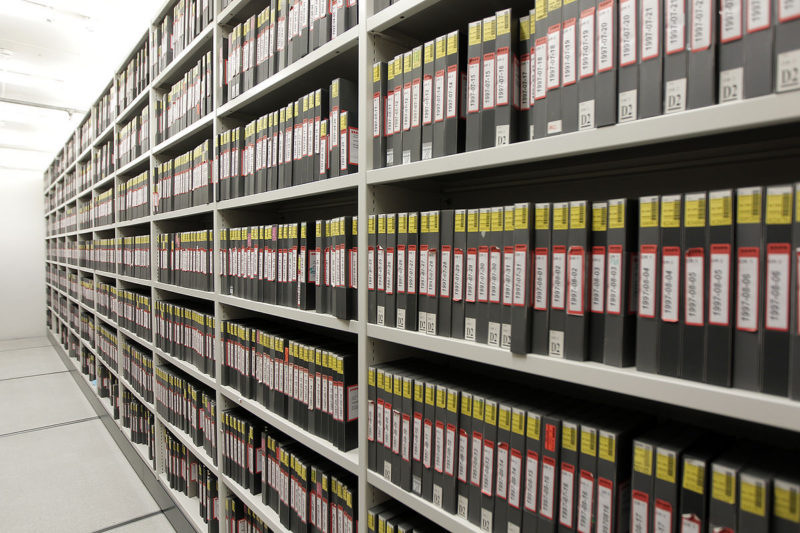In preparation for the panel discussion, “On Janus and Justice: Archives, Access, and Ethical Use of Video Evidence” on October 21st, we’d like to share some suggested readings. In the wake of both widespread calls for and criticisms of the adoption of police body cameras, this event will bring together archivists, activists, and law enforcement agency experts to discuss the challenges of keeping video evidence, and the multiple readings of such evidence in the public and judicial spheres.
These readings—including law, an activist guide, scholarly research, and a police officer’s account of using super-8 film as a tool for training officers on when to use deadly force—are not required; however, they provide various entry points to the conversation that will take place.
READINGS
Text of HB 972, the North Carolina legislation that declares "recordings made by law enforcement agencies are not public records.”
NYPD draft of policy regarding body-worn camera use
Witness’s Video as Evidence Field Guide
Video as Evidence: Ethical Guidelines, a chapter on the ethics of using/sharing online human rights video:
Kelly Gates, “The Work of Wearing Cameras: Body-Worn Devices and Police Media Labor,” The Routledge Companion to Labor and Media, ed. Richard Maxwell, 2016
Downloadable PDF below
Steven A. Johnson, “A Super-8 Police Story,” Super8Filmmaker, Volume 8, Number 3, May 1980
Downloadable PDF below.

